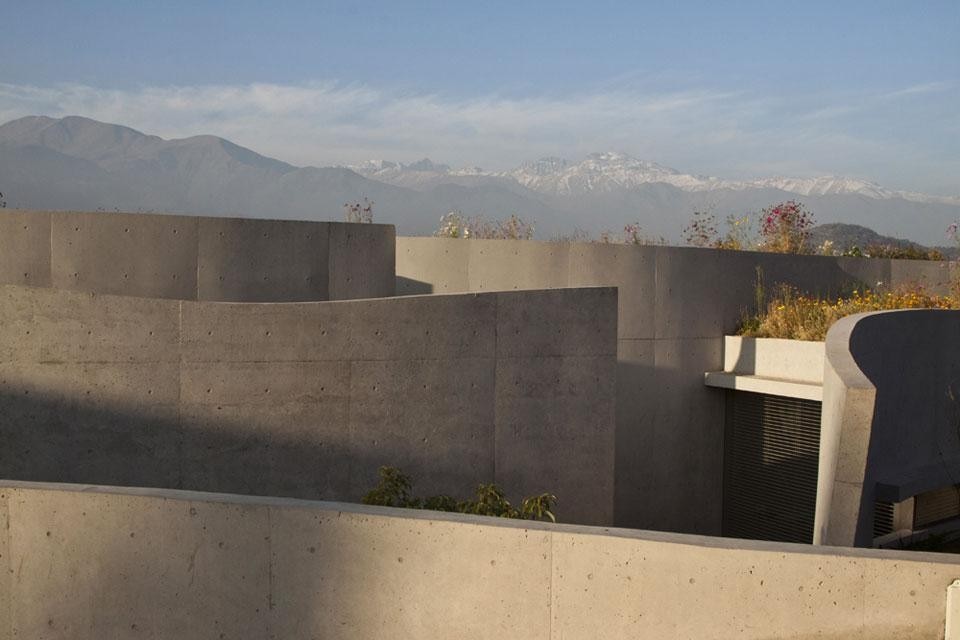Margherita Guccione: The name of your design group A.I.R.A. — an acronym of the words Art, Imagination, Rigour and Love — is indicative of the principles underlying your architecture. What do you see as the key values in your design work? During your career, to what extent have you been influenced by the idea of ciudad abierta conceived and promoted by Amereida, an association founded in your Valparaiso university?
Cazu Zegers: The two questions are complementary, because my architecture is born out of and is based on the Amereida concept. The concept introduces the figure of a Christopher Columbus who, during the voyage that was to lead him to the Indies, saw the American continent, which "appeared" to him as a gift. Amereida considers the South American population as an imitator of Europe, and therefore underlines the need to make our own the cultural identity that belongs to us. This way, the concept incites us to build, in this new territory, a language of forms that is longer the fruit of imitation.
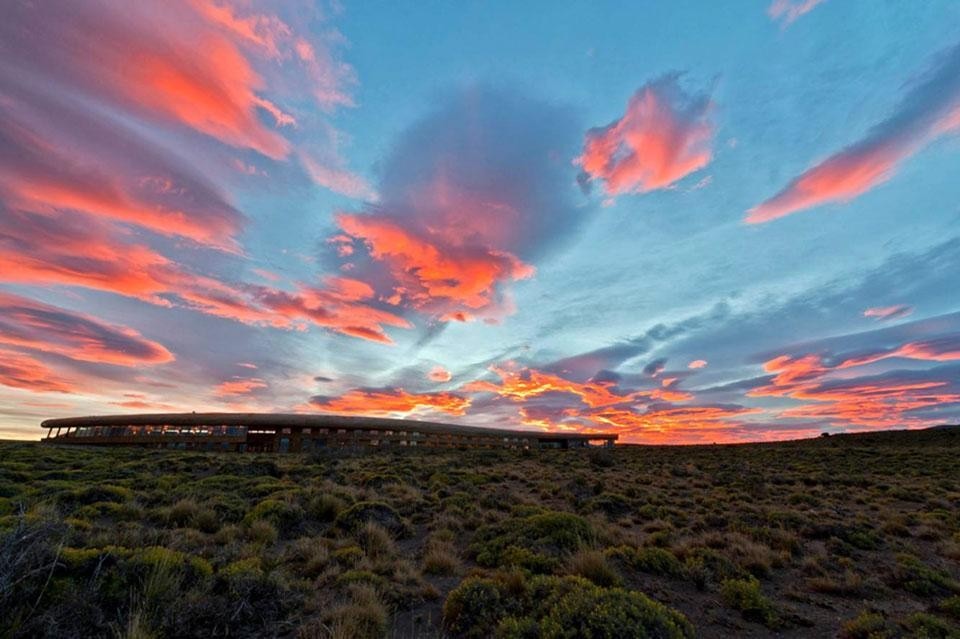
This way of working ended with the departure of the workshop director Francisco García Huidobro and with the completion of my Sopro [Blow] house, which in a certain sense represented the construction of myself, of my being.
Today, I'm developing a new form of artistic-architectural work that I've called the "invisible workshop", referencing the invisibility of women artists in Chile.
It's a new void within which we can create, like Malevich's white on white.
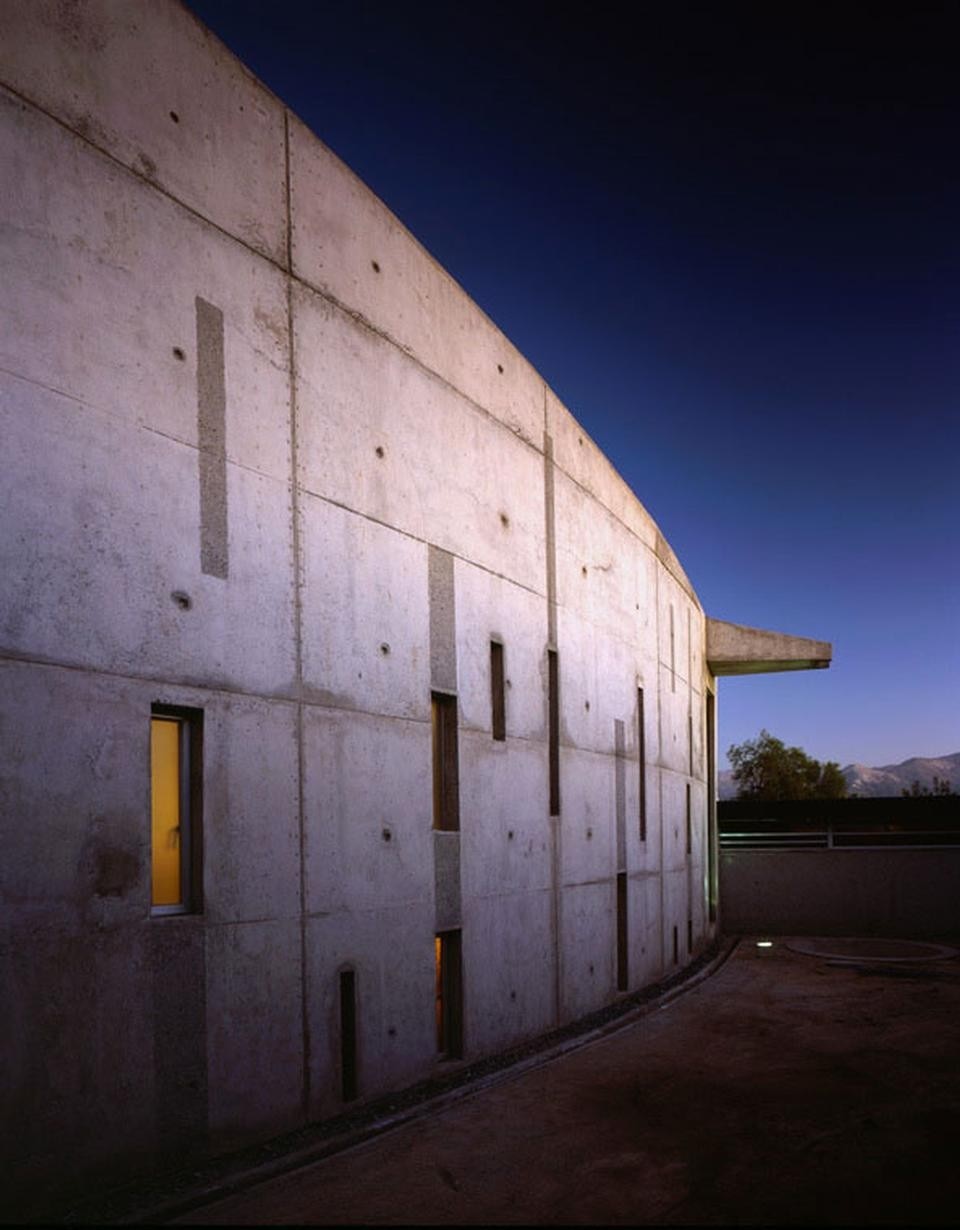
It's that very territory that gives rise to both the difficulties and the inspirations.
On the one hand, there is the inspiration offered by the poetic work that determines form and which derives from the natural elements present in the places in which we work; for example, in the case of the hotel, the poetic word spelt: Viento or Wind, Hotel del Viento. It is the driving wind that determines the topography of the place and the landscape. The form of the hotel borrowed this attribute from the surrounding territory, so as to unite with the landscape, without demystifying it.
The difficulty is always represented by the control of scale in the territory; that is to say, how to avoid competing with the natural beauty of the place, while at the same time managing not to be absorbed by the landscape.
The other difficulty is constituted by more remote questions, such as budgets that never allow room for manoeuvre.
The idea that guides my work in Chile is based on the fact that for a seismic southern country such as this —characterised by a territory in permanent friction, struck by earthquakes every ten years, with volcanoes, tsunamis, floods, "white earthquakes" and so on —, faced with a force as beautiful as it is catastrophic, our work has to be light and temporary, placing particular emphasis on low-tech with a high poetic charge.
I've invented a method named Thesis of the Territory, which is the encounter between the poetic word and the territory, a place in which the equivalence between gesture and sign is produced, the embryo of a new creation.
This equivalence between gesture and sign, according to Martin Heidegger, inaugurates a "place" in space. He calls it the Region, a territory that, once named, becomes landscape and place in which life unfolds and on which is based the culture of a people.
This method allows me to tackle the diverse scales and types of design, acting as a common thread. Even today, while I was preparing my lecture, I realised that one always tends to follow a key idea. In my work I recognise three distinct phases:
1 – I begin as Cazu Zegers, before the A.I.R.A. Workshop, and I devote myself to the Aperture works that invent an idiom; among them is Casa Cala, which I consider to be my thesis house.
2 – A.I.R.A. Workshop; development of the thesis of the territory.
3 – Invisible Workshop; the first house created during the course of this phase is the Casa Esmeralda [Emerald].
I've invented a method named Thesis of the Territory, which is the encounter between the poetic word and the territory, a place in which the equivalence between gesture and sign is produced, the embryo of a new creation
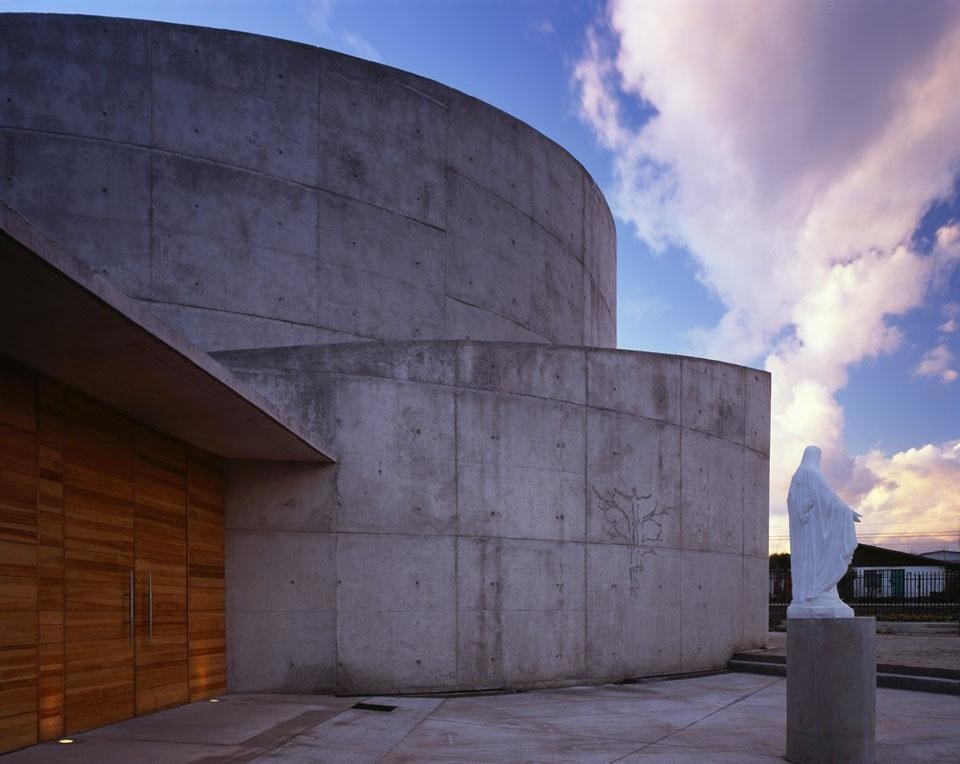
The figure of the client is fundamental because, as I said earlier, "the house is the construction of being". Its form is also the form of the family that will inhabit it, and for this reason it becomes an ingredient of fundamental importance in the design phase.
Architecture is an art that develops in space and consequently is three-dimensional. I believe that we women architects work in a field of "n" dimensions in which the senses play a role of indisputable importance.
The work therefore becomes a focus of multiple relationships that respond to the client's requirements in a poetic and original fashion.
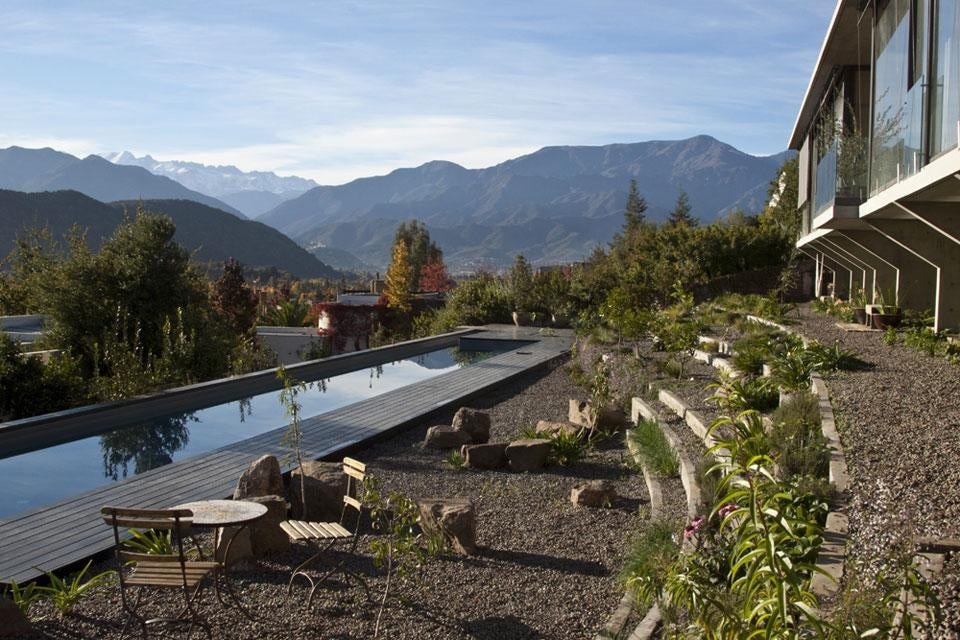
That's exactly it. My architecture in wood reprises the vernacular models of construction with that same material, transforming them into contemporary works through a traditional process. This is where their high poetic component comes from. The Casa Cala represents the deconstruction of a wooden galpón [hut] — a large wooden construction typical of Southern Chile —, and this is how my idiom is established.
The same is true of concrete; the recurrent curved forms I use are obtained through moulds made in very traditional ways.
In contrast, what leads you to choose to use glass and concrete — as in the Iglesia del Espíritu Santo at Puente Alto or in the Casa Do at Los Vilos — adopting an extremely contemporary idiom?
I usually employ local materials. The concrete used at Los Vilos derives from the fact that it was a house facing the sea and so maintenance was an issue that could not be ignored during the design phase.
In the Iglesia del Espíritu Santo the choice of materials boiled down to the essential and truth. Concrete is an honest material that I'm accustomed to working with in a certain way, without ever rendering or covering it. If the effect is ugly in a given context, I hammer it so as to obtain the effect of a structure in stone. Glass is the contemporary material par excellence; it constitutes by its very nature the "absence of limits" and transforms buildings into, airy, light and transparent structures. It's precisely this that interests me in architecture.
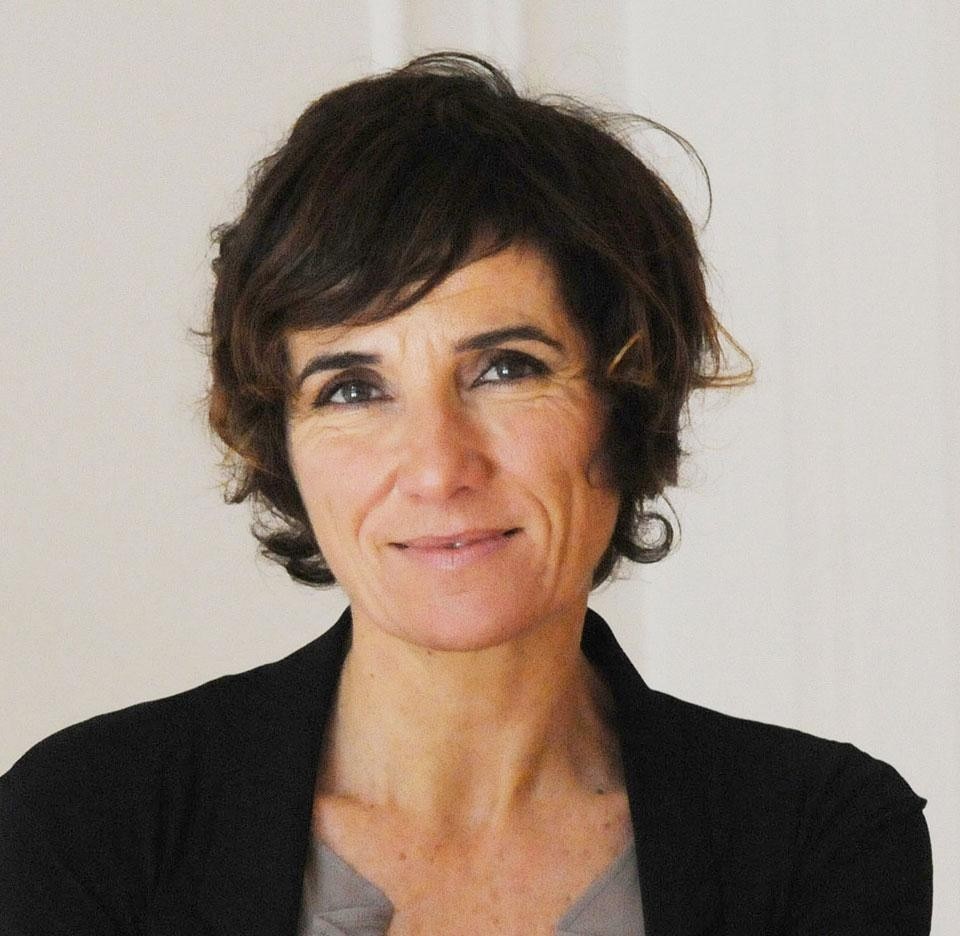
I believe that the relationship with the territory — and with the powerful landscape in which all we Chileans are immersed — is what makes us more open to contemplation and the poetic.
As a teacher, my principal concern is to transmit this method of searching for originality, for a personal language of forms, the importance of not copying the most fashionable trends from developed countries. Every nation has its issues and the architect, the constructor of the world, has to know how to respond. Anticipating what will come and reflecting in order to give the most appropriate response, without ever losing sight of the value inherent to the places in which they work.
For example, in Chile there is a significant problem with earthquakes, destroying what little architectural heritage we have. Consequently, approaches such as building in an ephemeral fashion practically without leaving traces, or reconstructing without forcing the building to lose value, or making the landscape resonant so that it conserves the memory of what once existed is without doubt a path to be followed. You need to understand that our greatest heritage is the territory and its landscapes. Today more than ever, now that Chile is in a hurry to develop and the new mineral rush is populating the desert.
Young architects have to work within these contexts. How can you marry art and industry? It's fine that there are hydroelectric plants, but it is crucial that around the table sit not just engineers and businessmen, but also landscape designers and architects.
MAXXI Architettura will be inaugurating the second edition of the YAP – Young Architects Program on 15 June with the Unire/Reunite project. It is being promoted with MoMA PS1 of New York, and for the first time this year with the Chilean association Constructo, which will be realising an installation in Santiago in December 2012. Are there any other opportunities for young designers to emerge and promote experimentation and architectural innovation in Chile?
Yes, there are various architectural competitions for students organized by Chilean companies: Corma, a competition promoting construction in wood, and CAP, which does the same for steel.
6 June, 17.30
Cazu Zegers: Territori poetici
MAXXI
Foyer, Galleria 1, free entrance
via Guido Reni 4A, Rome

